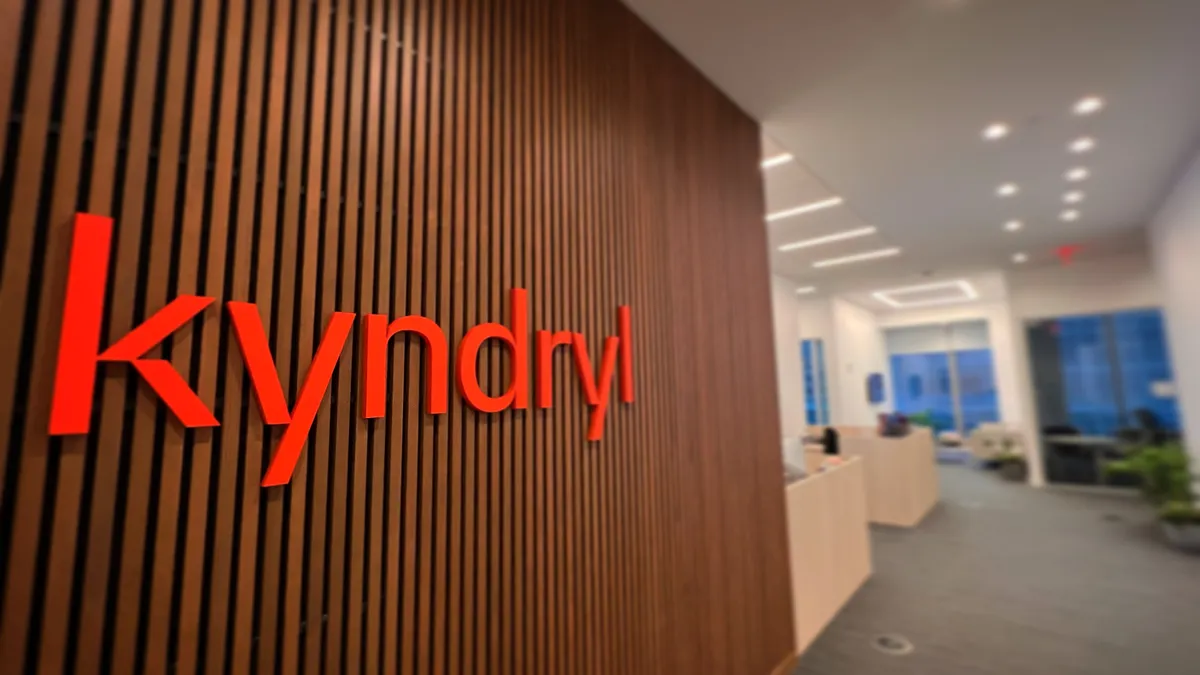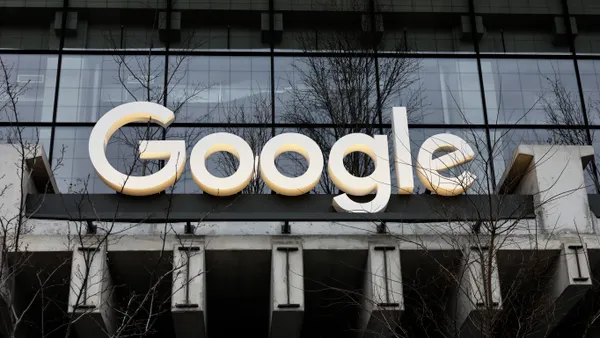Dive Brief:
-
Technology, labor, outsourcing and overhead costs across general and administrative functions drop 29% among the "digital world class," organizations with top digital performance, according to research from the Hackett Group released in June.
-
World-class digital companies operate with 26% fewer overall full-time equivalents, decrease labor costs per end-user equivalent by 33% and realize 41% lower outsourcing costs — despite spending 3% more on technology than non-world-class peers.
-
By investing 36% more money on software as a service, the digital world class improves agility, responsiveness and resilience. Those advanced companies also spend 63% more on emerging technologies such as machine learning, natural language processing and blockchain than their counterparts.
Dive Insight:
Maximizing ROI starts before any new technology is deployed. IT leadership should be vetting ideas before they become projects based on previous work to ensure they'll realize the expected results, Chris Key, global practice leader, IT executive advisory program at the Hackett Group, told CIO Dive.
Quick returns on technology investments "comes down to ... a solid value analysis and prioritization of your opportunities," Erik Dorr, VP of research at the Hackett Group, said. Large savings are also tied to continued improvement in core transaction process areas.
Digital investments may reduce business costs — but only if the right investments are done strategically. Data and analytics, automation and cloud-first strategies are efficient investments to start with.
Data and analytics can drive cost savings if companies turn analytics into insightful information to drive decision-making, according to Key.
Data and analytics leaders developing business-facing key performance indicators and partnering with other business units are 1.7 times more likely to demonstrate ROI and business value, according to Gartner data.
With strong data governance in place, IT leaders can layer on automation to further cost savings. Companies deploying automation can directly replace traditional labor costs, according to Dorr. Successful automation use cases target basic, frequent tasks and build on value-add from there.
Accelerating cloud deployments and taking a cloud-first approach reduces maintenance in the backend further fueling cost savings. "It's a different cost savings directly from a license perspective but you do see trickle down cost savings and maintenance," Key said.
But it's not enough to just deploy better technology. IT leaders must simultaneously retire outdated systems.
Companies need to simultaneously adopt new tools and "aggressively" sunset legacy systems to maximize performance, according to Key.













